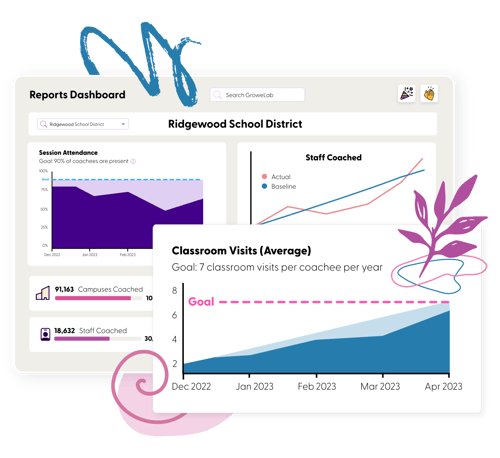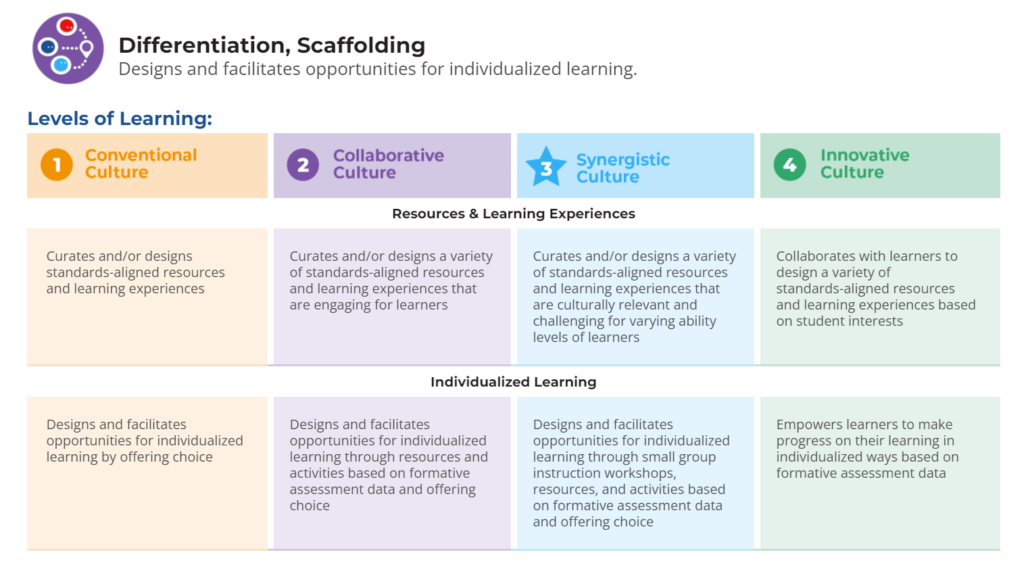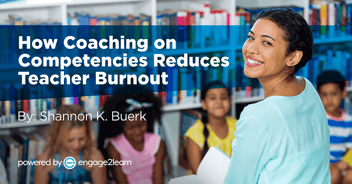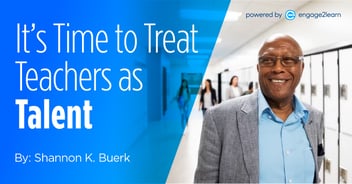How to Support Your Exhausted Teachers with Intention & Strategy
Like many education leaders, I have great concern for the current state of public education in our country. The challenges facing the adults who have dedicated their careers to the service of our future — our children — are many. Staffing shortages and increasing logistical complexities are overwhelming and paint a perilous picture of our essential public school system. School leaders are pressured to find workable solutions before the great resignation leaves their classrooms empty.
When asked, “What percent of teachers quitting would create a cataclysmic drop in your organization’s ability to educate young people?” one superintendent responded:
“One. One teacher quitting would hurt us in a big way.”
It’s important to note that the potential for the mass exodus of education professionals isn’t necessarily going to be reality, as many in the profession can’t simply up and leave. This has the potential to leave us with an exhausted, overwhelmed, stressed workforce that shows up only because “they have to.”
This of course isn’t absolute, but it should because for significant concern and should elicit intentional, strategic thinking on the part of leaders who support the adults who are so important to the children in their classrooms.
As a school leader, you may feel inundated with ideas but struggle to determine which ones could realistically be implemented and, more importantly, which ones are worth the time, effort, and funds. Based on our experience working with districts of all sizes and hearing from teachers firsthand through coaching conversations, here are four actionable ways to help teachers feel supported in a meaningful, authentic, and relevant way.
01: Don’t Fear Strategic Abandonment
It’s no mystery why teachers are overwhelmed. Teachers have always had a lot on their plates, and the pandemic ushered in even more instructional methods and initiatives that teachers have been required to implement. So what if it’s not about what we could do more of but rather what we could stop doing?
Steve Jobs once said, “Deciding what not to do is as important as deciding what to do. You have to work to get your thinking clean and simple.” While it’s easy to think there must be something more that can be done to solve a problem, maybe the answer lies in removing things that aren’t adding value instead.
In other words, the key to reducing teacher overwhelm is not to have them do more things but to have them do more effective things.
At e2L, we often refer to the One Thing philosophy, in which author Gary Keller asks:
“What is the one thing you can do, such that by doing it everything else becomes easier or unnecessary?”
Consider all the things teachers are being asked to do, and compare the ROI of those things to the toll on their mental and physical well-being. Then, identify and strategically abandon the things that are ineffective, duplicitous, or simply unnecessary.
Psst... Not sure where to start? Take our free Initiative Inventory Workspace resource for a spin!
02: Make Data-Informed Decisions
We can all agree that the best decisions are data-informed decisions. This is especially true in education, where time and funding are precious.
While practices for utilizing student growth data to inform instruction currently exist, they often fail to include educator growth data. With research showing teachers have two to three times the effect on student achievement of any other school factor, it’s critical to analyze teacher growth data as a means of informing instruction in ways that will maximize student achievement.
Currently, the one-size-fits-all approach to professional development is not meeting the most pressing needs of individual teachers. In fact, a study by TNTP showed that only 3 out of 10 teachers demonstrated substantial improvement as a result of typical professional development practices, with some even demonstrating a decline in performance.
There is a constant push for differentiating instruction to meet the needs of all students. Why shouldn’t the same philosophy be applied to professional development to meet the needs of all teachers? The first step in personalizing professional development is utilizing a system that tracks both student and educator growth data in order to identify strengths and areas in need of improvement.
 With advanced data analytics in GroweLab, the all-in-one instructional coaching and talent development platform from engage2learn, school and district leaders are no longer left with fragmented information, scattered spreadsheets, and disconnected data points. Instead, they get critical, data-informed insight into:
With advanced data analytics in GroweLab, the all-in-one instructional coaching and talent development platform from engage2learn, school and district leaders are no longer left with fragmented information, scattered spreadsheets, and disconnected data points. Instead, they get critical, data-informed insight into:
- Which teachers are growing and which need additional support.
- The correlation between coaching and educator growth.
- The progression of educators' skill attainment over time.
- The impact of coaching on teacher retention and student outcomes.
Identifying the most effective instructional practices allows teachers to stop doing the things that aren’t working well, determine their level of proficiency in the things that have the greatest impact, and focus all of their efforts on growing in those practices. Utilizing an easy-to-use data analytics tool like GroweLab will help you decide which initiatives to strategically abandon and which professional development practices will have the most impact on the overall well-being and capacity of your teachers.
03: Clarify Expectations
One thing teachers always lack is time. Providing teachers with clear expectations along with the targeted resources to help them meet those expectations will save them time in trying to determine what exactly they need to be concentrating their efforts on. This also helps eliminate the frustration of trying to implement a dozen different things, when only a few of them are necessary for accomplishing instructional goals.
In short, setting clear expectations saves you, your teachers, and their students precious time.
Within e2L, for example, one way we provide team members with clarity is through the use of leveled rubrics. Each team member is coached on a rubric unique to our organization and with role-specific standards. With a clear set of standards and the respective defined behaviors, team members are able to self-assess, determine where they are on the rubric, and set goals on areas for improvement.
When coaching our partners, we also use e2L-curated rubrics specifically for teachers, leaders, and/or instructional coaches, as well as customized rubrics unique to each district’s standards. Our e2L 12 Life Ready Best Practices© rubrics consist of high-impact competencies that provide classroom teachers with the essential tools to become proficient in the art of rigorous, standards-aligned instruction while maintaining a laser-like focus on student learning outcomes.
Here’s an example of a rubric for the Differentiation & Scaffolding best practice:

Providing teachers with these clearly defined and codified instructional behaviors keeps the guesswork out of the design and facilitation of the desired learning experience.
04: Persist in Being Human-Focused
The real danger in the context of today’s unique challenges is the potential of forgetting that human beings are at the center of it all. As leaders, we must persist in remembering that the adults in our school systems are humans who are bearing the brunt of an incredibly difficult situation.
In a recent district leadership roundtable facilitated by our CEO Shannon Buerk, we brought key district leaders together to share ideas about how to support and retain teachers in the midst of the current conditions. Several leaders shared many important ideas, but one critical thread rang through all of the shared sentiments:
This is a human-centered endeavor and we MUST stay focused on meeting the needs of the people in our care, both students and adults alike.
One superintendent offered sound advice that I feel is important to heed and share: ”Be seen by your people. When you go to their classrooms and you talk with them, ask them sincerely how they are doing. This may well be the most important thing we can do as leaders during this crazy time.”
RELATED: Tackling Teacher Turnover: Retention Strategies That Work
Things may seem uncertain for the future of public education in these trying times, but there is hope. If we seize the opportunity to take intentional, timely, and effective action, we can turn the tide.
Want to learn more about what e2L’s customizable services and teacher support tools can do for your school or district? Click here.



